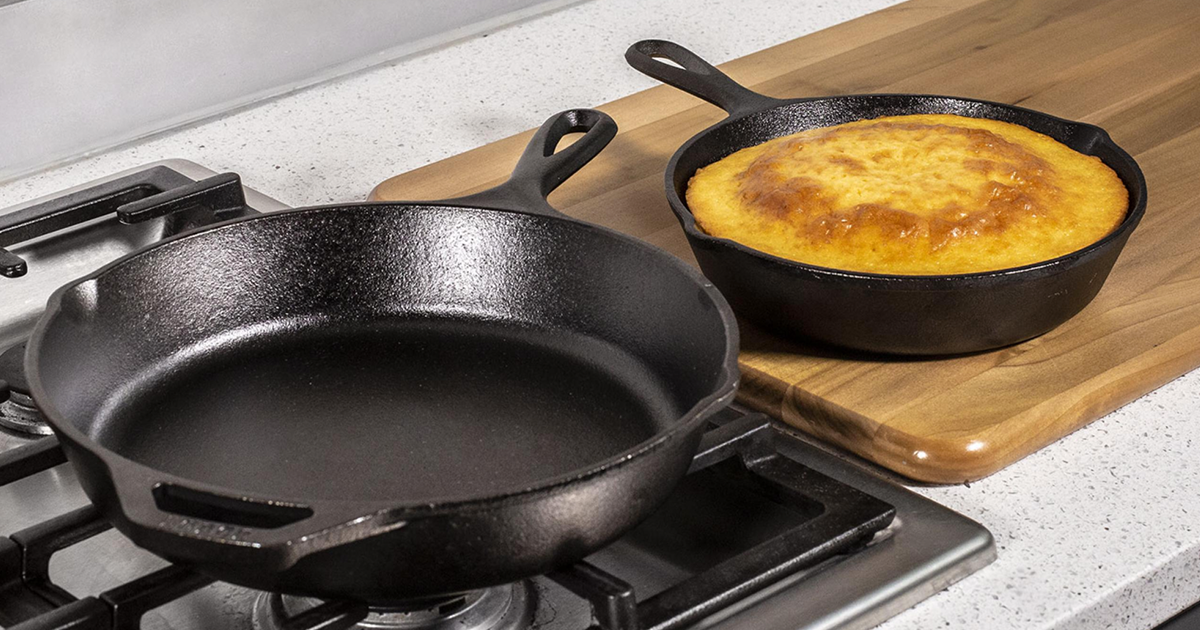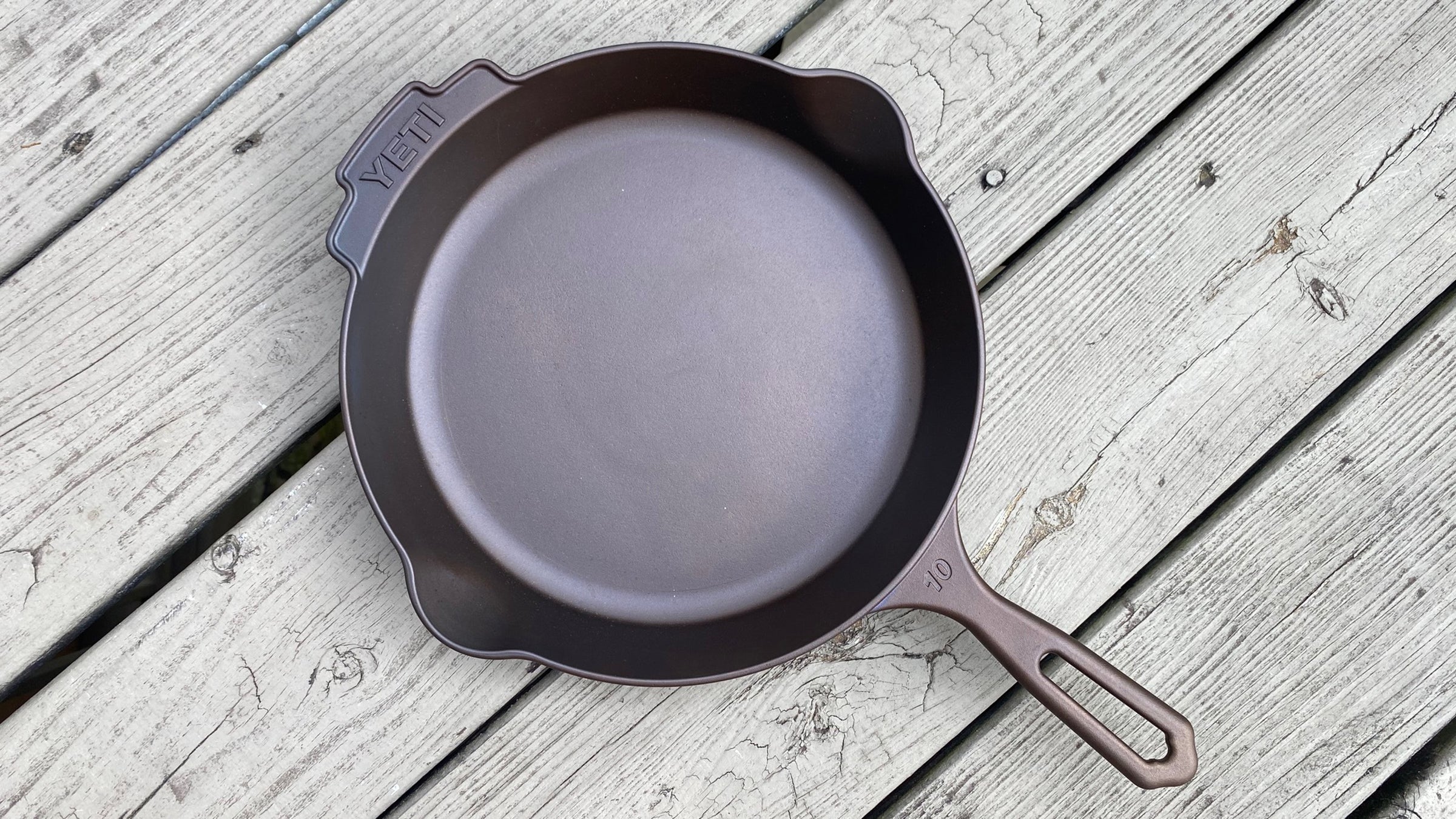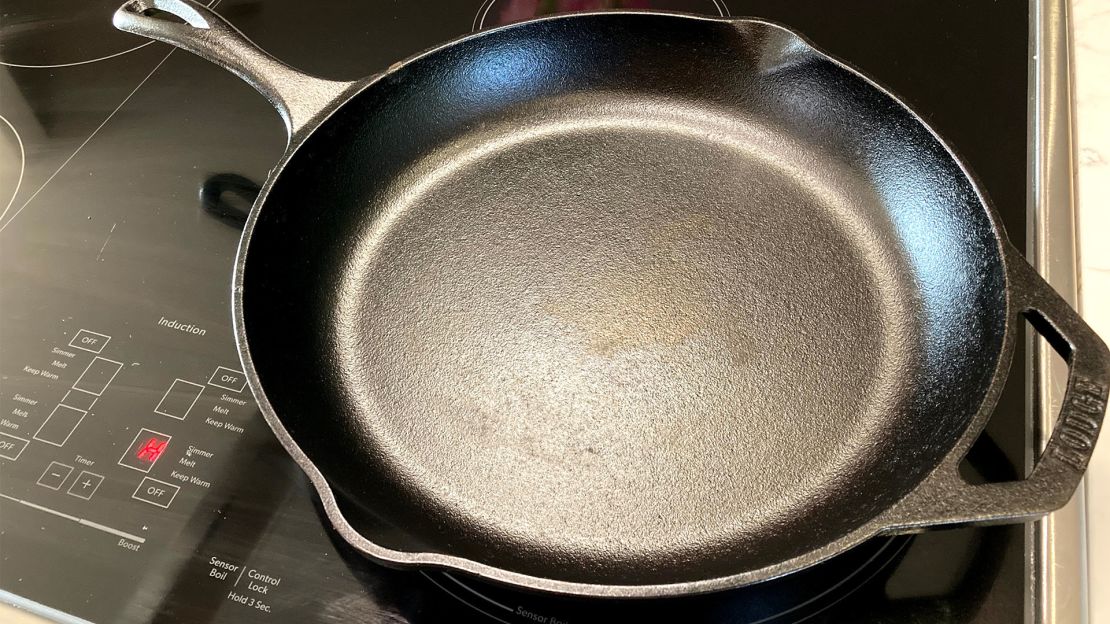If you're passionate about cooking, a cast iron skillet is an invaluable tool in your kitchen. Renowned for their durability and exceptional heat retention, these skillets require some care to unlock their full potential. Mastering how to season a cast iron skillet with flax oil is key to protecting your investment and improving your cooking performance by providing a natural non-stick surface.
In this comprehensive guide, we will explore the importance of keeping your skillet seasoned, the advantages of using flax oil, and provide a clear step-by-step approach tailored for cooking enthusiasts.

The Importance of Seasoning Your Skillet
Seasoning involves applying a thin layer of oil to your skillet and heating it, which creates a natural non-stick coating. This process significantly enhances the flavor of your meals and helps prevent food from sticking.
Why Choose Flax Oil?
Selecting the right oil is vital for seasoning. Flax oil is rich in omega-3 fatty acids and is known for its high heat tolerance, making it an excellent choice for cast iron skillets. It acts as a drying oil that hardens when heated, forming a tough non-stick surface.
Step-by-Step Instructions for Seasoning Your Skillet with Flax Oil
What You'll Need
- Cast iron skillet
- Flax oil
- Paper towels or a clean cloth
- Oven
- Parchment paper (optional)
Instructions
- Clean the skillet: Whether brand new or used, your skillet needs a thorough cleaning. Wash it with soap and water, then dry it right away to prevent rust.
- Add flax oil: Drizzle a small amount of flax oil into the skillet's center. Use a paper towel or cloth to distribute it evenly across the entire surface, including the bottom and handles.
- Remove excess oil: After applying the oil, be sure to wipe away any surplus, ensuring a shiny surface that isnt dripping.
- Preheat your oven: Set your oven to 400F (204C), as this temperature allows the oil to bond effectively to the skillet.
- Bake the skillet: Position the skillet upside down in the oven, optionally placing parchment paper on the bottom rack to catch any drips. Bake it for one hour.
- Cool down: Once the hour is up, turn off the oven and let the skillet cool completely inside.
- Repeat as needed: For the best non-stick results, consider seasoning your skillet 2-3 times.
Maintaining Your Seasoned Skillet
After seasoning, keeping your skillet in good condition is important. Instead of soap, just rinse it with hot water and use a stiff brush if necessary. Periodically, after cleaning, apply a light coat of flax oil and heat it on low for a few minutes.
Avoid Common Mistakes
- Using too much oil.
- Neglecting the cleaning step.
- Inadequate temperature during seasoning.
Your Questions Answered
How often should I season my skillet?
Its advisable to season your skillet every few months or whenever it starts to look dull or rusty.
Can I use other oils for seasoning?
While other oils are viable options, flax oil is often preferred because it polymerizes well, forming a durable non-stick layer.
What if my skillet is rusty?
If you notice rust, scrub it with steel wool, wash it thoroughly, dry it completely, and then re-season.

Additional Resources You May Find Useful
As an Amazon Associate, I earn from qualifying purchases.






Leave a comment
This site is protected by hCaptcha and the hCaptcha Privacy Policy and Terms of Service apply.